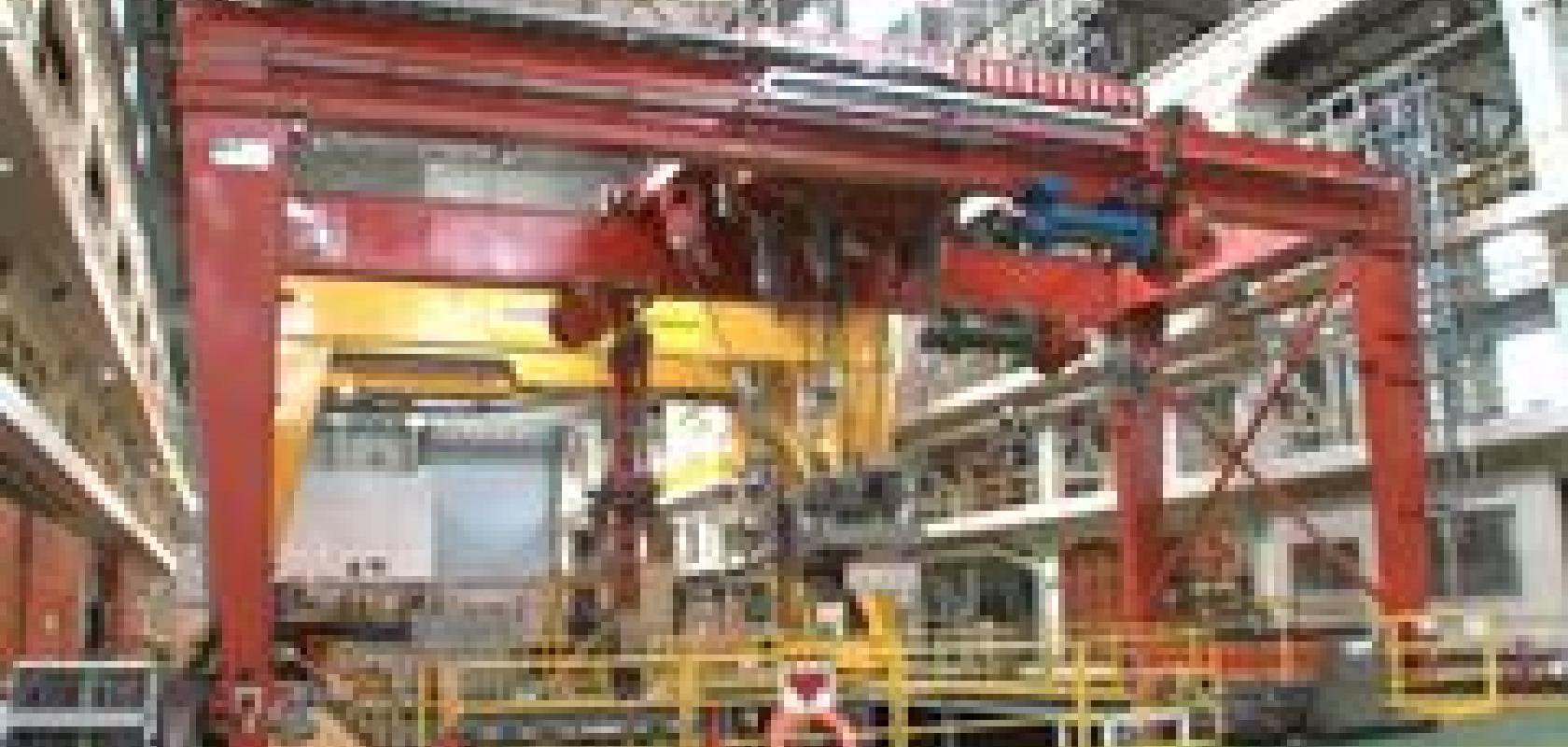Toshiba has unveiled a remote-control robot that will be used to help decommission Japan’s highly radioactive Fukushima Daiichi nuclear power station.
The remotely controlled robot will use 360° cameras and lasers to create a three-dimensional map of the inside of the reactor buildings. Cameras mounted on top of the robot will provide workers with a panoramic view so that they can see what they’re doing.
The Fukushima plant suffered a meltdown after an earthquake and subsequent tsunami in March 2011. It is estimated that it will take up to 40 years and cost tens of billions of dollars to decommission the site.
Efforts to clean up the plant have been held up by challenges associated with high levels of radiation and the logistics of controlling a suitable device remotely. A lack of information on the extent of damage and where it is located has also halted work.
In April 2015, a robot failed after just three hours inside the reactor building. Drones mounted with cameras have also been used to survey the site, but have not entered the most badly damaged sections.
Toshiba's new robot is scheduled to begin extracting 566 fuel rod assemblies in reactor three of the power plant in the 2017 financial year, the Japan Times reported.
The device is equipped with multiple live feed cameras, allowing workers to see from multiple angles so that it can be operated remotely from a safe distance. It also has two arms that can pick up and cut debris, and a third arm designed to grab fuel rod assemblies.
Reactor three of the Fukushima plant is still so radioactive that entry would mean instant death. Water is currently being pumped into reactors one, two and three in order to cool them and prevent further nuclear meltdown, resulting in 500,000 litres of radioactive water being extracted and stored every day.
Reactor four had the last of its 1,535 fuel rod assemblies removed in December 2014. Because reactor four was not operating when the tsunami struck in 2011, only low levels of radiation remain, which allowed workers to stand at the pool in reactor four to monitor the fuel rod removal. However, this will not be possible in reactor three, which was damaged by a hydrogen explosion and suffered a meltdown.
Last September, a robot was developed by the Universities of Tokyo and Tsukuba, and the International Research Institute for Nuclear Decommissioning (IRID), for mapping the environment inside the Fukushima plant.
The robot is currently undergoing tests before entering the harsh radioactive environment.
Further information
Toshiba Develops Fuel Removal System for Fukushima Daiichi Nuclear Power Station Unit 3


